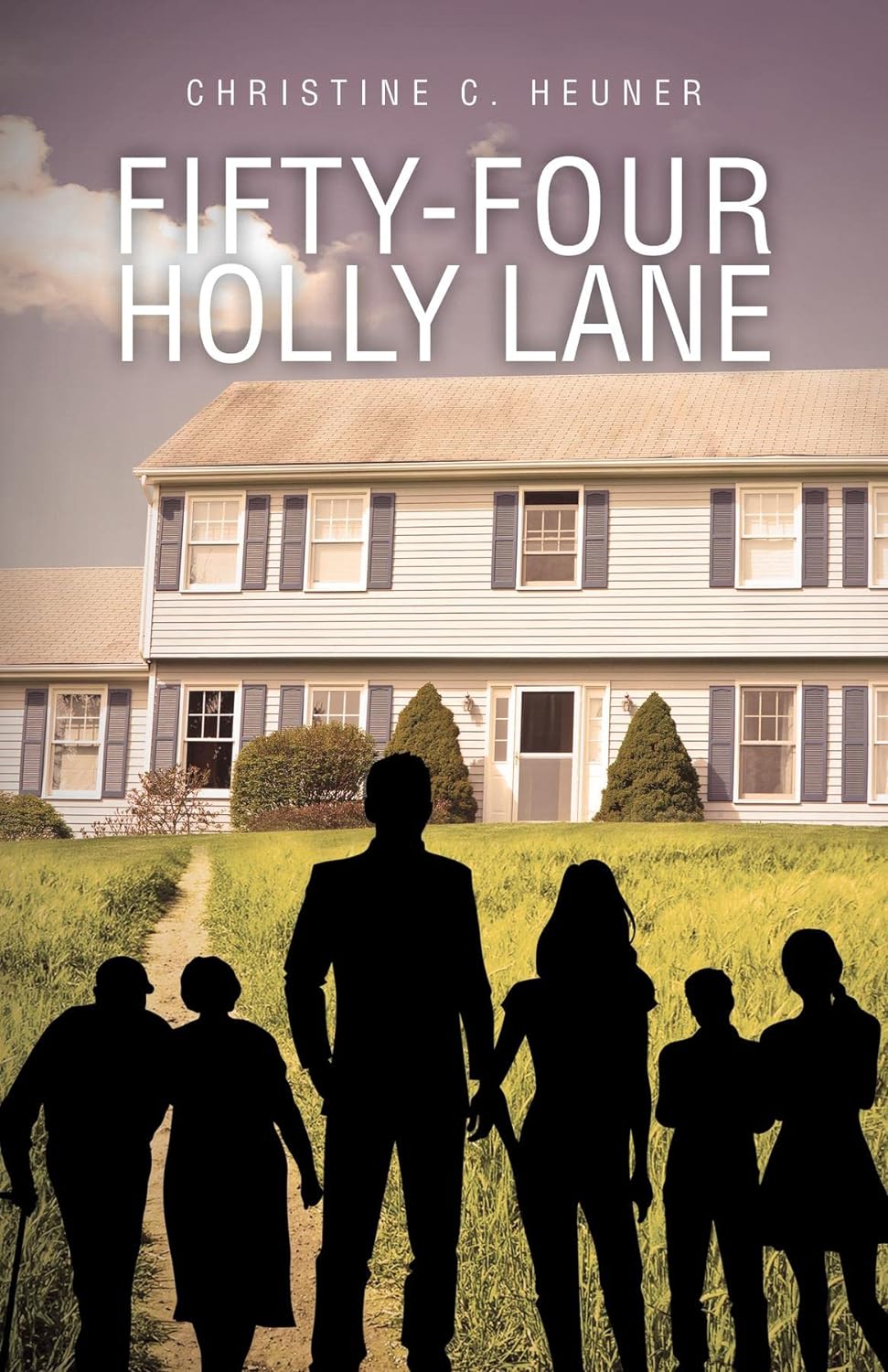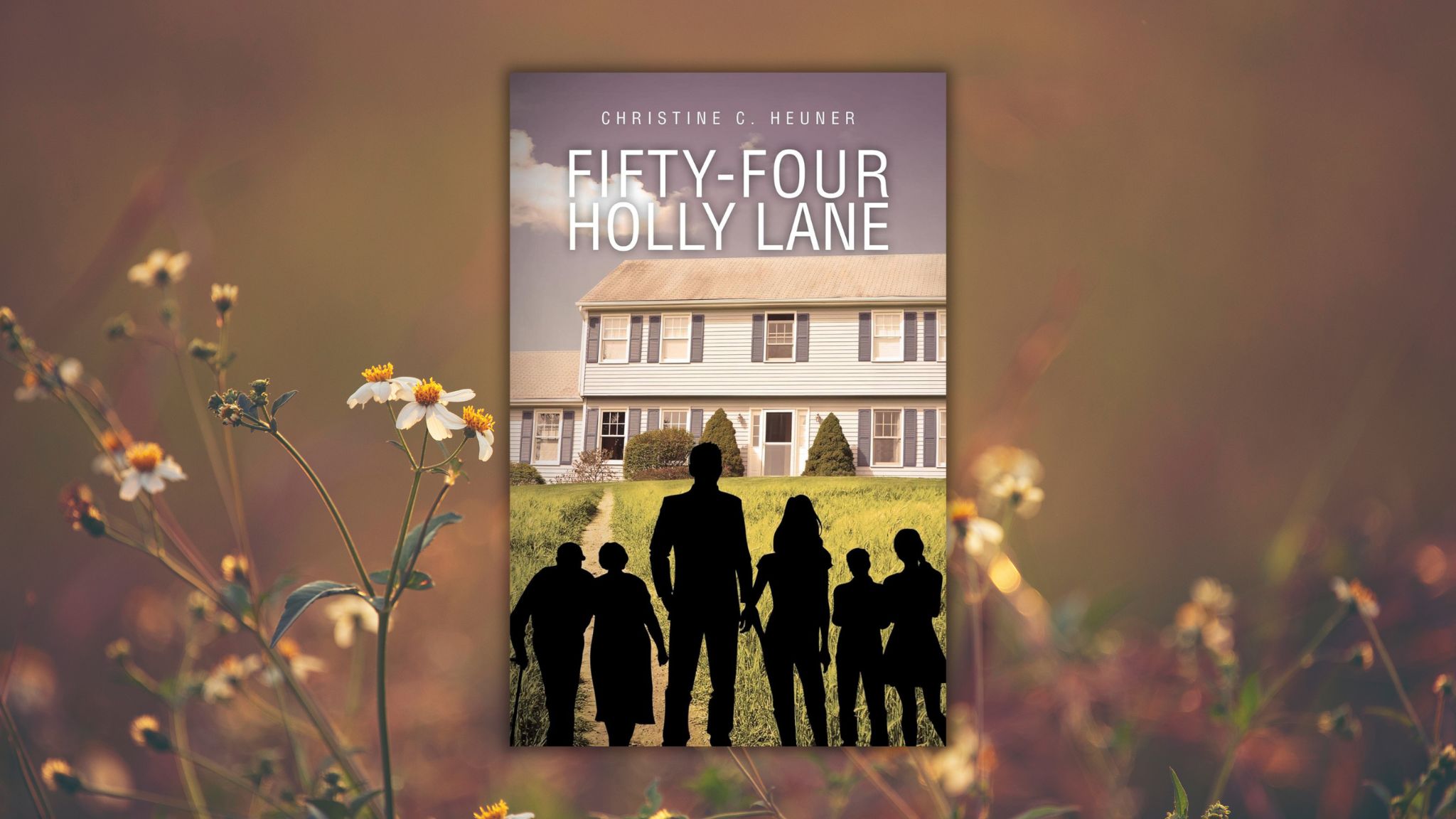Fifty-Four Holly Lane by Christine Heuner
When Christine Heuner’s in-laws became incapable of living alone, there was a big decision to make. The in-laws could move to a long-term care facility, or Christine and her husband could hire caregivers to come into her in-laws’ home. These are the standard choices available for the adult children of aging parents. But there was also a third option: The elderly couple could move in with Christine and her family.
In the Heuners’ case, this wasn’t an ideal arrangement. Christine’s home was not well suited for an aging couple with medical conditions. For example, there were multiple flights of stairs to climb. Still, after thinking about the situation and discussing it with the in-laws, the Heuners felt that having the in-laws at home with them was the best solution in many areas, including the financial.
Christine’s husband brought up the idea of selling their own home and moving in with his parents, so they decided to buy their in-laws’ home. Three generations—the in-laws, Christine and her husband, and their two children—moved in together. Though this may have been the right choice to make, it wasn’t an easy one. “I loved our old house,” says Christine. “It was my dream home, and it was just beautiful. I went from this sunny windowed home to basically living in a basement.”
Christine and her husband are members of the so-called “Sandwich Generation”: middle-aged people who end up living with both their children and their aging parents. Before the 1950s, this communal family arrangement was seen often in in the United States, and it remains common in many other parts of the world. In fact, in other cultures, this is a traditional practice: The older generation simply becomes the responsibility of the younger one. Though it’s rarer in the United States, as a result of the high cost of assisted living these days, members of older and younger generations of the family living together is a more frequent occurrence.
Although having three generations under the same roof may have advantages—someone is usually at the house, there are more people around to help with chores, holiday events may be bigger and more festive—the situation also came with challenges for Christine and her family, including less privacy, additional living costs, health, and making considerations around pet care and vacations more complicated.
To help herself process all the emotions she was feeling, Christine Heuner began writing a novel. Fifty-Four Holly Lane became a fictionalized version of everything she was experiencing.
The story centers on Ashleigh and Tommy Gallagher, who move in with Tommy’s aging parents to save them from bankruptcy while also raising two teenagers. Published by Blydyn Square Books (2022), the book explores the unique family tensions that arise when multiple generations share a small home, and shows how what seems like a bad situation can sometimes reinforce bonds among family members.
One interesting point that Christine points out in Fifty-four Holly Lane is how ubiquitous loneliness is, even among large, multigenerational families. Though the Gallaghers live under one roof and share their time and resources, they still experience elements of loneliness. Troy, the youngest character in the novel, wonders why his family needs to “hurt each other with words and love each other in silence.” He recognizes the family’s resentments and conflict while acknowledging that they also have deep connections, though they find it difficult to express how much they care verbally—a condition that plagues many modern families. Sometimes we feel most alone when we are surrounded by other people.
According to the U.S. Centers for Disease Control (CDC), more than one-third of seniors over the age of 60 experience long periods of loneliness and isolation. Elderly people who live alone often have a sense of isolation that may leave them feeling unproductive and even unloved. But loneliness isn’t merely a challenge for those living on their own; it seems to be an issue even for elderly people who live with extended family as the Gallaghers—and their real-life counterparts, the Heuners—do.
“My in-laws still experience loneliness,” Christine says. “Since the whole family are often busy and not around, they may feel left out. And because they can’t get around as easily as they used to, they can’t go to all the events with us. But it’s my hope that they spend less time alone then they would if they lived alone.”
Word is still out on how changing living circumstances will affect the Sandwich Generation over the long term and whether bringing elderly parents into a home with adult children and their offspring will ultimately be beneficial or harmful for all those involved. For now, we have only anecdotal evidence, like what Christine Heuner offers in Fifty-four Holly Lane, which suggests that, despite the difficulties, multigenerational living can make some families stronger.
–
About Christine Heuner:
Christine Heuner has been teaching high school English in New Jersey for over two decades. Her novel Fifty-Four Holly Lane was published by Blydyn Square Books in 2022. Her short stories have appeared in Narrative, Philadelphia Stories, Flash Fiction Magazine and others. Her work is available to read at christineheuner.com.
Buy this Book!
Amazon



